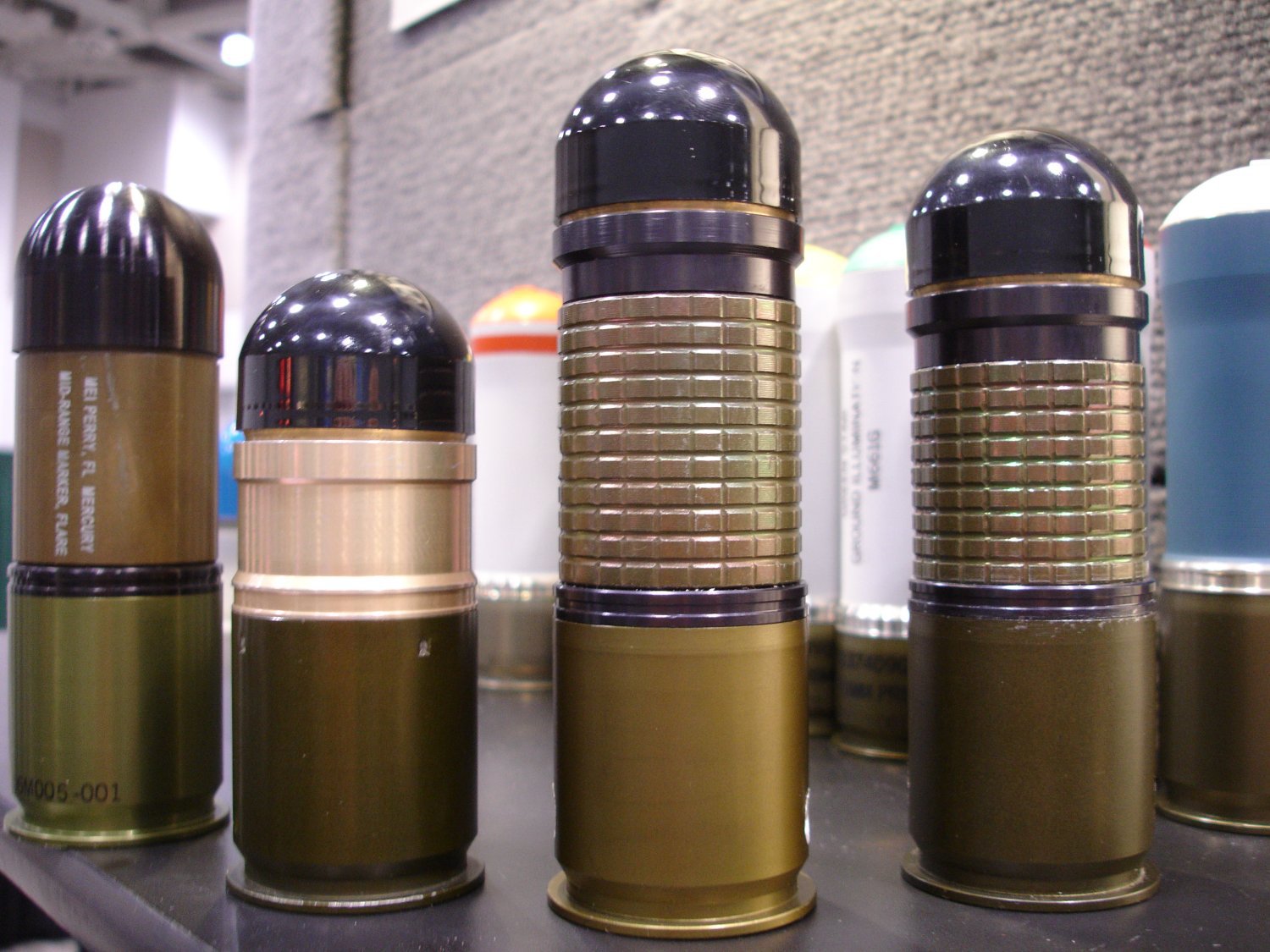ilwoo's blog
Thursday, December 8, 2011
RPG-7
The RPG-7 (Russian: РПГ-7) is a widely-produced, portable, unguided, shoulder-launched, anti-tank rocket-propelled grenade launcher. Originally the RPG-7 (Ручной Противотанковый Гранатомёт - Ruchnoy Protivotankovyy Granatomyot, Hand-held anti-tank grenade launcher) and its predecessor, the RPG-2, were designed by the Soviet Union, and now manufactured by the Bazalt company. The weapon has the GRAU index 6G3.
The ruggedness, simplicity, low cost, and effectiveness of the RPG-7 has made it the most widely used anti-tank weapon in the world. Currently around 40 countries use the weapon, and it is manufactured in a number of variants by nine countries. It is also popular with irregular and guerrilla forces. The RPG has been used in almost all conflicts across all continents since the mid-1960s from the Vietnam War to the present day War in Afghanistan.
The most commonly seen major variations are the RPG-7D paratrooper model (able to be broken into two parts for easier carrying), and the lighter Chinese Type 69 RPG. DIO of Iran manufactures RPG-7s with olive green handguards, H&K pistol grips, and a Commando variant.
The RPG-7 was first delivered to the Soviet Army in 1961 and deployed at a squad level. It replaced the RPG-2, having clearly out-performed the intermediate RPG-4 design during testing. The current model produced by Russia is the RPG-7V2, capable of firing standard and dual high explosive anti-tank (HEAT) rounds, high explosive/fragmentation, and thermobaric warheads (see below), with a UP-7V sighting device fitted (used in tandem with the standard 2.7x PGO-7 optical sight) to allow the use of extended range ammunition. The RPG-7D3 is the equivalent paratrooper model. Both the RPG-7V2 and RPG-7D3 were adopted by the Russian Ground Forces in 2001.
Cypher
The Sikorsky Cypher and Cypher II are types of unmanned aerial vehicles developed by Sikorsky Aircraft. They are vertical takeoff and landing aircraft which use two opposing rotors enclosed in a circular shroud for propulsion.
Cypher
In the late 1980s, Sikorsky Aircraft flew a small UAV named "Cypher", with coaxial rotors inside a torus-shaped airframe. The torus shroud improved handling safety and helped increase lift. The first proof-of-concept Cypher was 1.75 meters (5.75 feet) in diameter and 55 centimeters (1.8 feet) tall, weighed 20 kilograms (43 pounds), and was first flown in the summer of 1988. This design was powered by a four-stroke, 2.85 kW (3.8 hp) engine and was mounted on a truck for forward-flight tests.
It led to a true flight prototype Cypher that weighed 110 kilograms (240 pounds), had a diameter of 1.9 meters (6.2 feet) and was powered by a compact, 40 kW (53 hp) rotary engine. After an initial free flight in 1993, the Cypher prototype was used in flight tests and demonstrations through most of the 1990s, ultimately leading to a next-generation design, the Cypher II, which was a competitor in the United States Navy VT-UAV competition.
The single prototype first flew in April 1992 and flew untethered in 1993. Since then, over 550 demonstration flights have been made for the US government.
The Cypher can carry a sensor package on struts above its hull, or can transport loads weighing up to 50 lb (23 kg).
Cypher II
Two Cypher II prototypes have been built for the US Marine Corps, which calls the UAV "Dragon Warrior". The Cypher II is similar in size to its predecessor, but has a pusher propeller in addition to its rotor and can be fitted with wings for long-range reconnaissance missions. In its winged configuration, the Cypher II has a range of over 185 kilometers (115 miles) and a top speed of 230 km/h (145 mph). It is unclear if the Cypher will enter into production.
M32 Grenade Launcher
The MGL (Multiple Grenade Launcher) is a lightweight 40 mm semi-automatic, 6-shot grenade launcher developed and manufactured in South Africa by Milkor (Pty) Ltd. The MGL was demonstrated as a concept to the South African Defence Force (SADF) in 1981. The operating principle was immediately accepted and subjected to a stringent qualification program. The MGL was then officially accepted into service with the SADF as the Y2. After its introduction in 1983, the MGL was gradually adopted by the armed forces and law enforcement organizations of over 30 countries; it has since been used in harsh environments ranging from rain forests to deserts. Total production since 1983 has been more than 50,000 units.
The MGL is a multiple-shot weapon, intended to significantly increase a small squad's firepower when compared to traditional single-shot grenade launchers like the M203. The MGL is designed to be simple, rugged, and reliable. It uses the well-proven revolver principle to achieve a high rate of accurate fire which can be rapidly brought to bear on a target. A variety of rounds such as HE, HEAT, anti-riot baton, irritant, and pyrotechnic can be loaded and fired as fast as the trigger can be pulled; the cylinder can be loaded or unloaded rapidly to maintain a high rate of fire. Although intended primarily for offensive and defensive use with high-explosive rounds, with appropriate ammunition the launcher is suitable for anti-riot and other security operations. A newly patented modification allows the MGL to fire less lethal (very low pressure) rounds.
Subscribe to:
Posts (Atom)


